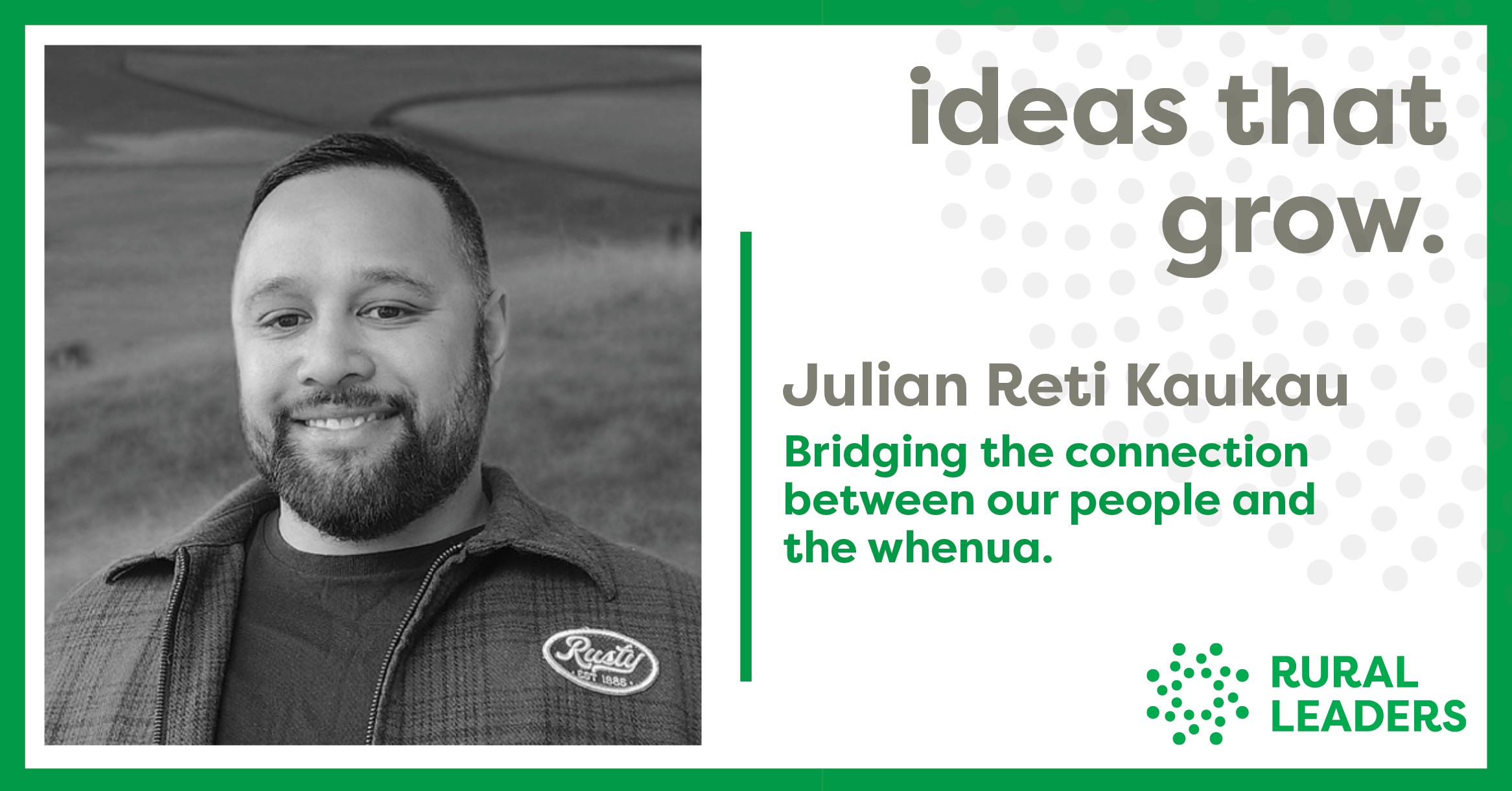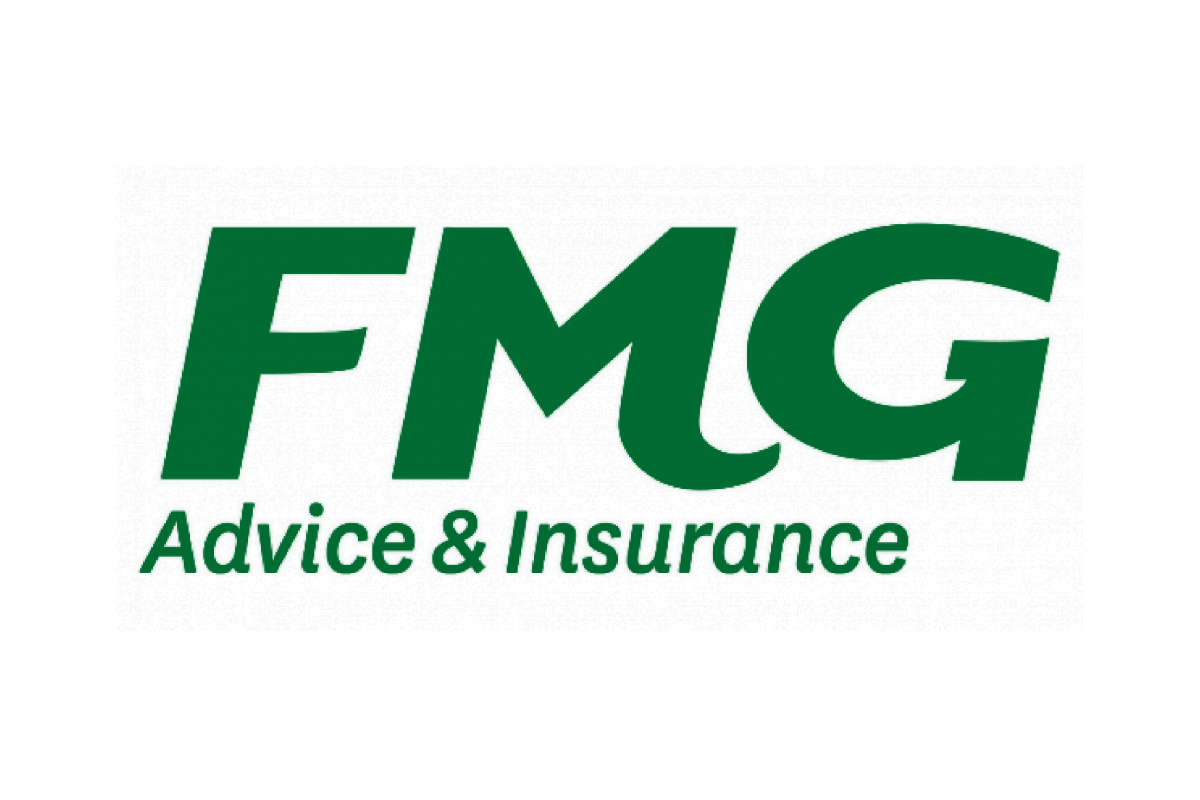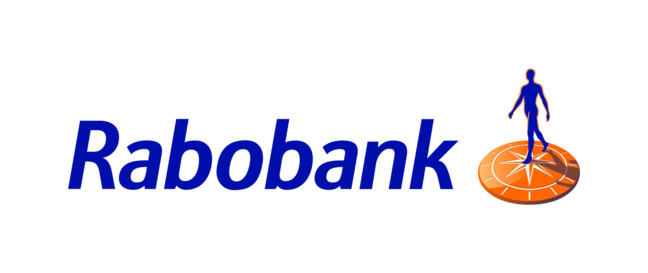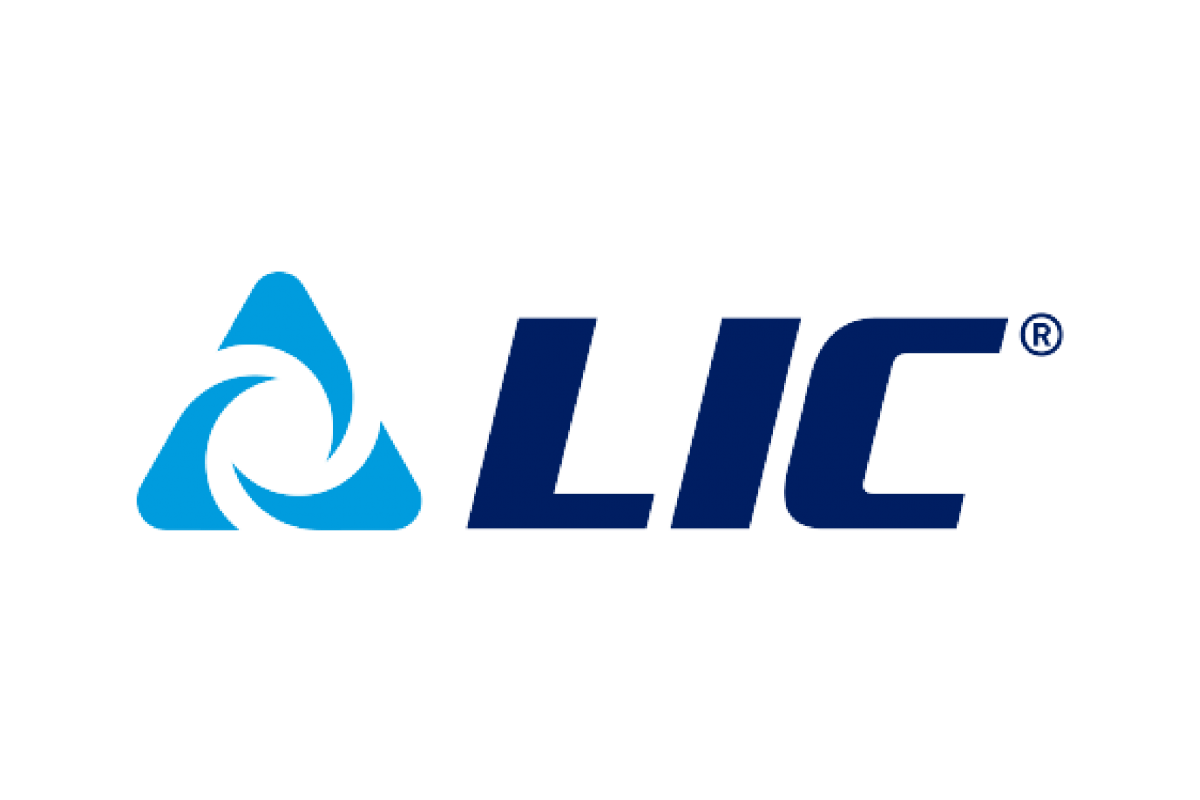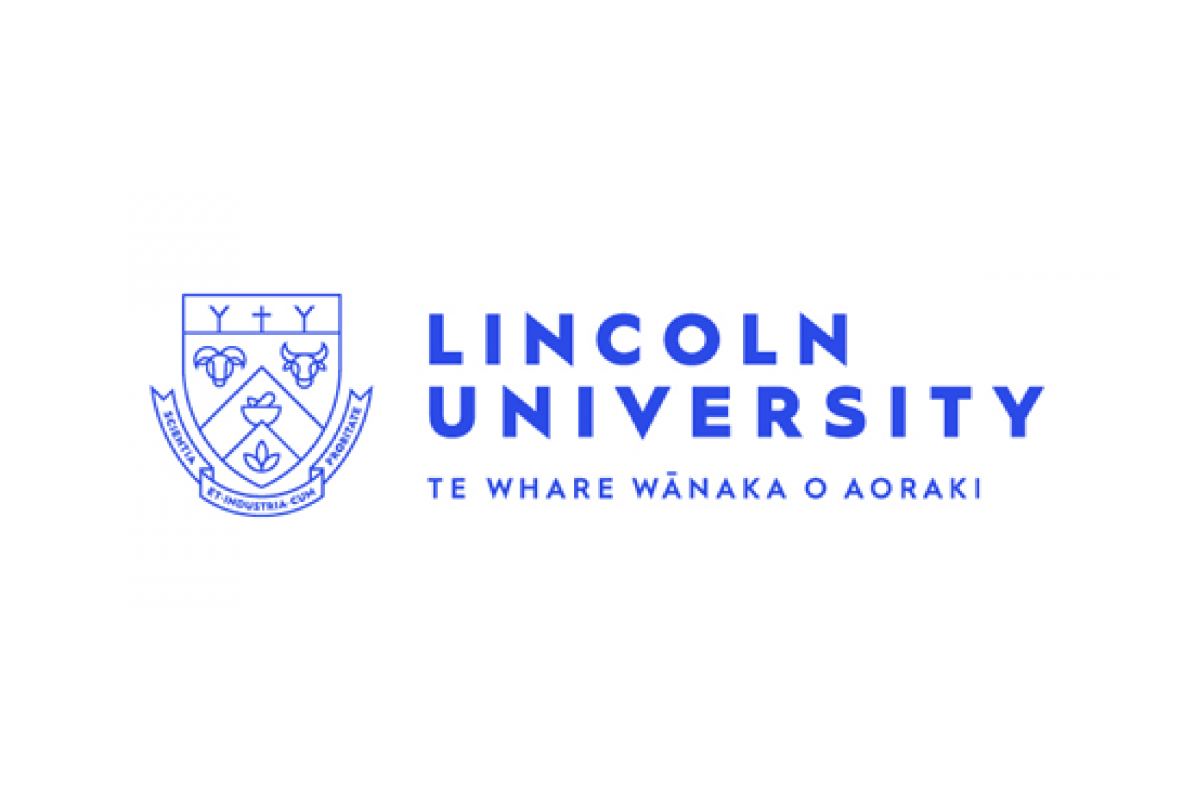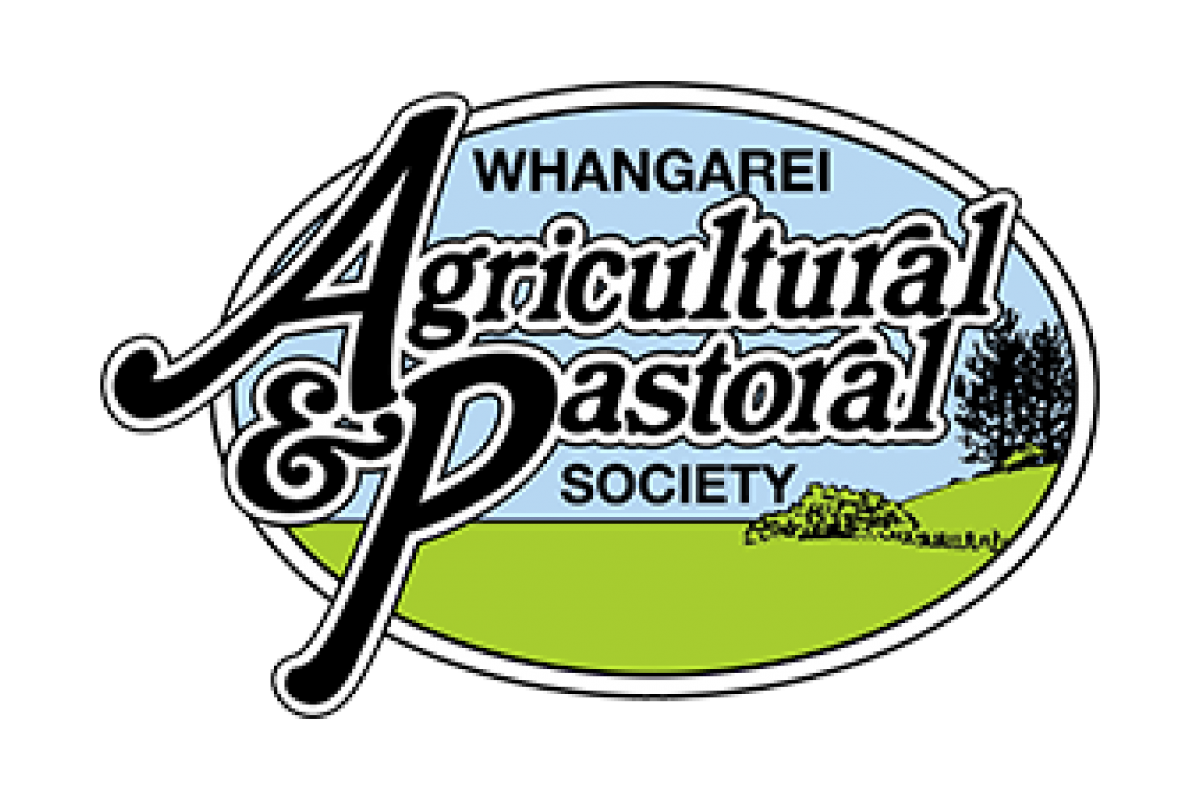In this podcast, Esther Donkersloot, 2024 Kellogg Scholar, talks to Bryan Gibson, Managing Editor at Farmers Weekly, about her research with LIC on breeding heat tolerant cows.
Esther came to New Zealand to do her Masters’ thesis and never left. Good thing too. Having studied at the prestigious Wageningen University, she has steadily built a career looking into better genetic outcomes for our dairy herd – especially as the planet gets warmer.
Along with her research at LIC, Esther discusses her Kellogg report insights on genetics’ social licence to operate.
Bryan Gibson – Managing Editor of Farmer’s Weekly.
You’ve joined Rural Leaders’ Ideas That Grow podcast. In this series, we’ll be drawing on insights from innovative rural leaders to help plant ideas that grow so our regions can flourish. Ideas that Grow is presented in association with Farmers Weekly.
Bryan Gibson, Managing Editor of Farmers Weekly.
You’re with Ideas That Grow, the Rural Leaders podcast. I am Farmers Weekly Managing Editor, Bryan Gibson. This week, our special guest is Esther Donkersloot, who is a recent Kellogg Scholar and works with LIC. G’day Esther, how’s it going?
Esther Donkersloot, 2024 Kellogg Scholar, Scientist LIC.
ED: Yeah, really good thank you.
BG: I usually start these conversations by just getting a bit of life history, I guess. Now, you’ve come a long way to your life in New Zealand and your role at LIC.
The Netherlands’ loss, New Zealand’s gain.
ED: Yeah, this was an overseas experience for six months that turned out to be a bit of a life move to the other side of the world. So, my background is Dutch. I grew up in rural Netherlands, and I was always very interested in doing my master’s thesis somewhere else. Just by chance, I ended up in New Zealand with LIC, and have been here for 10 years now. So yeah, it’s been great.
BG: I understand you went to Wageningen, if I say that correctly.
ED: Yeah, it’s a tricky one. Wageningen University research centre. It was very close to home for me, probably about 20ks away from where I grew up. I I studied animal sciences there. Wageningen University is our main agricultural university in the Netherlands. It’s a highly regarded university, and it’s all around food, sustainability, and environment studies.
BG: Yeah, I used to work at Massey University, and they had a lot of partnerships with that university, and I always wanted to go and visit because it just sounded like an amazing place, that food valley environment.
ED: It’s an interesting place because it’s actually a very small town that the University is based in. So the town is the University, and it’s the combined effort of the University side as well as a big arm for research, which is a great environment to learn in. Definitely look back at it very fondly.
BG: So you came over here to do your master’s?
ED: To do my master’s thesis yeah. In our master’s, we had the opportunity to either do two thesis or to do a thesis inside an internship. I did two thesis. So, it took away the opportunity to learn outside of the University. I was still keen to get my main thesis done in a company somewhere else. By chance, my professor did his PhD with our head of research at LIC, Richard Spellman.
So, I ended up with the chance to do my (main) thesis over here in New Zealand with LIC, on gestation length. And then from there, I just enjoyed it so much that I rolled into a temporary contract, then a fixed-term contract. Now I’m well and truly settled in.
LIC research into heat stress in cattle.
BG: I understand your role here now is related to heat stress in cattle.
ED: Yes. I started my career with LIC in animal evaluation, and then had a little time in our international team. I got the opportunity to travel around a bit and learn a lot more about dairy around the world. I then came back to the research and development team to lead the Slick Heat Tolerant Breeding Programme, which I’ve been doing for the last six and a half years, alongside my colleagues. Nothing in research is ever an individual piece. It’s always a team effort.
BG: Could you just tell us a little bit about the work you do and why it’s important? I mean, we know things are warming up, so I guess it’s finding ways to get genetic markers for animals that are more tolerant of the warming world.
ED: Exactly. We found the slick gene. The slick is a dominant gene that we found in the Senepol breed in 2014. It is originally a beef breed from the Caribbean. Then we started the breeding programme to incorporate that into our New Zealand dairy animals.
Back then in 2014, the focus was very much around the potential of this gene for international, knowing that a lot of our dairy still comes out of tropical environments, and this is a huge opportunity for growth.
Then when we started to focus a lot more on environment and climate change, we changed the breeding objective to focus on what this gene could do for New Zealand. Because especially here in New Zealand, where animals are outside 24/7, we don’t have the opportunity to shelter them so much from heat stress as they would be in barn-based systems. So the opportunity of having a genetic solution was just amazing.
So, we started incorporating it by just traditional breeding into our crossbred animals in LIC with the hope of launching this as a commercial product in 2029.
BG: Obviously, a lot of this stuff goes above my head, but I do know that when you’re looking at these genes for certain traits, the first thing you’ve got to look at is, does it cancel out other traits you’re after as well? Like, I guess, milk production and mastitis tolerance, that sort of thing.
ED: Yes, absolutely. I’ve been leading the breeding side, where we’ve been trying to dilute this beef breed that we got the gene originally from, into our dairy animals. We’re trying to get the genetic merit and the genetic gain up to be producing milk and getting all those traits that we require for our New Zealand dairy systems.
Then alongside, my colleague has been looking at the effects of this specific gene, not just on heat tolerance, because we know that it does create a benefit for heat tolerance, but also what could this mean to the cold sensitivity of these animals?
We’ve been doing some research ourselves as well as a project in collaboration with Lincoln University, to understand, especially in calves, when they’re born in winter here in New Zealand or very early spring, what this gene would mean to them. Because we know it did create a shorter hair coat.
We found there’s been no negative consequences to this gene, and we’re hoping to publish some of this data very early in 2025. It’s very important for us that we make sure that before we commercialise, especially knowing that we’re on a seasonal system here, once it’s out there, you can’t control what animals are being born. So, we need to totally understand everything we need to know about this gene and making sure there’s no negative consequences.
BG: Well, we look forward to reading some of your research findings and then seeing some of this technology hit the market.
ED: Yeah, it’s a super exciting project. Having being part of it now for this last six and a half years, we just see these animals produce more and more. It’s so exciting to follow them from the sideline and being able to do research on them in different locations in New Zealand.
Kellogg research into genetics’ social licence to operate.
BG: If that didn’t sound like a lot of work, you were part of the first cohort of Kellogg Scholars this year.
ED: Yeah. I was part of Cohort 51, and lucky enough to be there on an LIC Scholarship.
BG: Oh, nice. Tell us a little bit about what you focused your scholarship studies on.
ED: Yeah, that’s an interesting one. Being a scientist, doing social science in leadership is quite different to my normal day-to-day activities. But what I was interested in is this aspect of this term ‘social licence to operate’ and how that applied to my area of expertise, which is genetics.
I was keen to understand how people were, first of all, to learn from other technologies. Other examples of things out there that we can learn from how people discovered and built this social licence to operate. Then understanding how people felt about genetics and what that social licence looked like. That was the main focus of my Kellogg Individual Research Project.
BG: I’m a journalist, and that seems very newsworthy because in New Zealand we’re right in the middle of having a rethink of our gene editing laws. One of the big issues that we’re all grappling with is, even though you can do it, should you? That comes down to social licence. It comes down to the marketing of your food story and all that thing, doesn’t it?
ED: Yeah. Part of why I was really interested doing this is that I felt quite often that social licence or that public perspective always came in during the commercialisation stage, and not that much during the research stage. But especially when you’re in a cooperative like LIC, everything we do is returning value to our farmers. If it doesn’t tick that social licence box, we need to pivot.
For me, it was how do we bring that conversation all the way through our research phases, from brainstorming to commercialisation? And then how do we also keep a finger on the pulse? How do we understand that the market is reacting to when we have a product in market? Because as you know, things change.
We’re living in a world where everything is changing faster than ever. So we can’t just put a product out there and just assume everything is all right. So, how do we do that? And who do we involve? Who are our stakeholders? And how do we carry that as an industry? Big questions.
BG: Oh, big questions. Did you manage to come up with some insight about how the licence was going for genetic technology?
The Kellogg research insights.
ED: It was a big question. I only scraped the surface. But one of the things that, first of all, really captured me, all the stakeholders I talked to were very passionate about genetics. Everybody understands the value of it, and it’s something that’s a cumulative that we can create and maintain. But not everybody felt like they were part of the conversation. So there’s definitely work to do there.
Then it brought up a lot of conversations around New Zealand Inc. How can we collectively take responsibility of all the aspects of our dairy towards not just our direct community here in New Zealand, but also our consumers overseas? That was really fascinating. Also, one of the other things that came up was the term ‘trust’. How do we build trust? But also what level of transparency do we get down to?
As I said, I’m Dutch. I like to think I’m a very open and almost, oversharing person. For me, a big learning curve was that sometimes by creating almost too much transparency, you actually raise more questions, or you highlight probably the negatives a bit too much. How do you balance that?
By building that trust, having transparency, but not oversharing where you just create confusion. There was some really interesting learnings in there.
BG: I was going to ask that because you’re uniquely placed to give insight into things. The Netherlands is one of the big food tech, animal production powerhouses of the world. I guess the general population on the street probably has a pretty fair idea about what’s going on over there. I wondered how it differed from New Zealand.
ED: Probably not at all. I would think that there’s a closer connection here to our farming communities just because a lot more people live rural. There’s a real urban-rural divide in the Netherlands, where a lot of people probably wouldn’t really understand where their food is coming from.
Then for me as well, I was very interested in that stakeholder piece around consumer versus customer, versus your direct community. But because we’re an export country here in New Zealand, what does that look like and how do we do that? In the Netherlands, it’s similar. Here, people feel very connected to farmers. They see it on their way to school, they see it on their way to work. Probably not so much in the Netherlands.
Food security and farming systems – Netherlands vs New Zealand.
BG: That’s interesting. I guess another thing to think about is that because we export so much of our food, we kind of don’t have the same food security concerns that places like the Netherlands do, and who have relatively recent major issues in terms of keeping everyone fed.
ED: Absolutely. Animal health as well, and diseases, things like that. This is a very different ball game. That’s what makes it so fascinating to be here in New Zealand. Also just the seasonal pasture system, I think it’s absolutely fantastic what we’re doing here and how we convert our basics into profit.
But at the same time, it brings its own challenges. As I mentioned before, when we have a product like genetics going out and it’s being used in spring, next year, we get millions of calves, and it could be thousands of the same sire line, for example.
That brings very different complex systems with it than we have in Netherlands where you have barn-based systems and you get a calf every second or third day. It’s just absolutely fascinating to compare the systems and understand the strengths and weaknesses.
Connecting with the Kellogg network.
BG: How did you find the Kellogg programme on the whole? It’s quite a big deal. There’s a bit of work involved. Of course, you’ve got cohort of people doing it with you.
ED: You walk in that room the first day and you get really bad imposter syndrome. Being a scientist, I’m like, wow, there’s all these leaders here in the room, what am I doing here? But I think the beauty of Kellogg is not just the content and the amazing speakers you get, but it is that cohort.
Just being able to banter with others, understand what they do, what drives them, understand their farming systems or their organisations. Especially for somebody like me that didn’t grow up in this industry. It was really important to set those networks and understand a bit more about the drivers of other people on the course.
BG: You’re here in Aotearoa to stay, you reckon?
ED: Yeah, I am a permanent resident. I’m living just outside of Te Awamutu rurally, so absolutely here to stay.
BG: It’s been great chatting to you, Esther. All the best for the rest of your work there at LIC.
Thanks for listening to Ideas That Grow, a Rural Leaders podcast presented in association with Farmers Weekly.
For more information on Rural Leaders, the Nuffield New Zealand Farming Scholarships, the Kellogg Rural Leadership Programme, the Engage Programme, or the Value Chain Innovation Programme, please visit ruralleaders.co.nz






